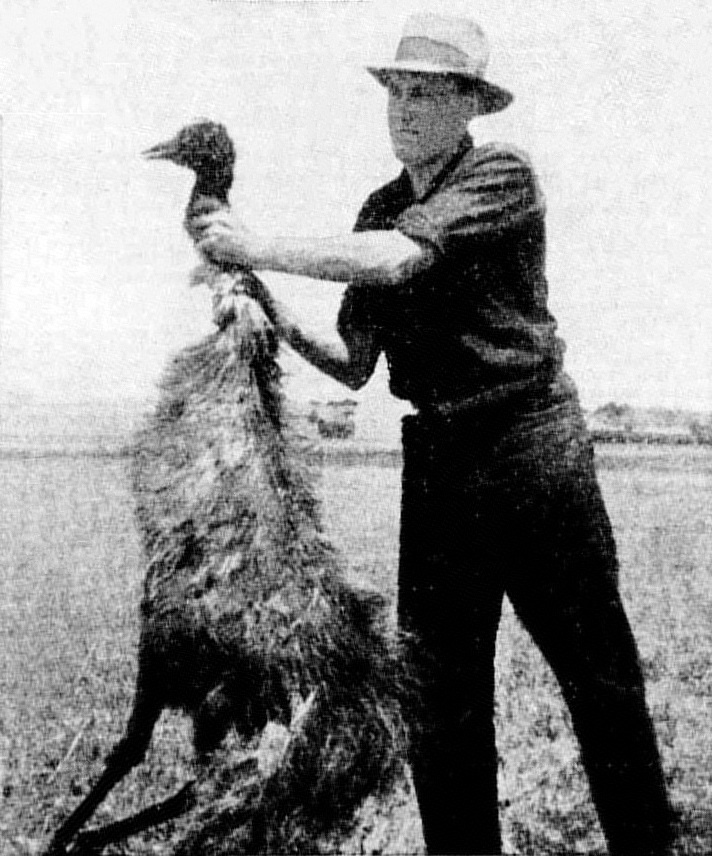In the drought-stricken landscape of Western Australia 1932, an unusual military campaign unfolded that would become one of history’s most peculiar conflicts. The Australian military faced an unexpected enemy – thousands of emus wreaking havoc on local farms. This remarkable confrontation, known as the Great Emu War, showcases a fascinating tale of human-wildlife conflict.

Image credit: Wikimedia Commons
The battleground emerged in Western Australia’s wheat belt, where World War I veterans had established farms under a government settlement scheme. These struggling farmers faced a perfect storm of challenges when massive flocks of emus, approximately 20,000 strong, moved inland from coastal areas searching for food. The giant birds devoured crops and left large holes in fences, allowing rabbits to enter and cause further destruction.

Image credit: The Collector
Desperate farmers turned to their government for help, leading to an unprecedented military response. The authorities deployed soldiers armed with Lewis guns and 10,000 rounds of ammunition, led by Major G.P.W. Meredith of the Seventh Heavy Battery of the Royal Australian Artillery. The military’s confidence in quick victory soon turned to frustration as the emus proved surprisingly resilient and tactical.
The birds displayed remarkable adaptability and survival instincts that confounded military strategists. When faced with machine gun fire, the emus split into small groups and scattered, making them difficult to target. Their thick feathers seemed to absorb bullets without causing fatal injuries. Major Meredith later compared the emus to Zulu warriors, noting their ability to withstand multiple bullets.

Image credit: Owlcation
After several failed attempts to cull the emu population, the military withdrew in defeat. The local farmers continued to face challenges with the persistent birds, eventually establishing more effective fence barriers and local control methods. This unusual conflict taught valuable lessons about wildlife management and the complexities of human-wildlife coexistence.
Today, the Great Emu War serves as both a humorous historical footnote and a serious reminder of environmental management challenges. Modern wildlife management practices have evolved significantly, focusing on sustainable solutions that balance human needs with wildlife conservation. The event remains a fascinating example of how conventional military tactics prove ineffective against nature’s resilient creatures.
References:
Emu War – Wikipedia – link
The Great Emu War – The Collector – link
The Great Emu War – Owlcation – link
Categories: Australian History, Do you know, Historical Events, Military History, Wildlife
Tags: Australian History, Environmental Management, Great Emu War, Military History, Unusual Wars, Western Australia, Wildlife
Religion: None
Country of Origin: Australia
Topic: Historical Events
Ethnicity: None

